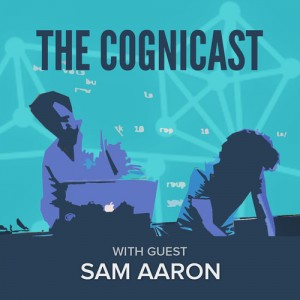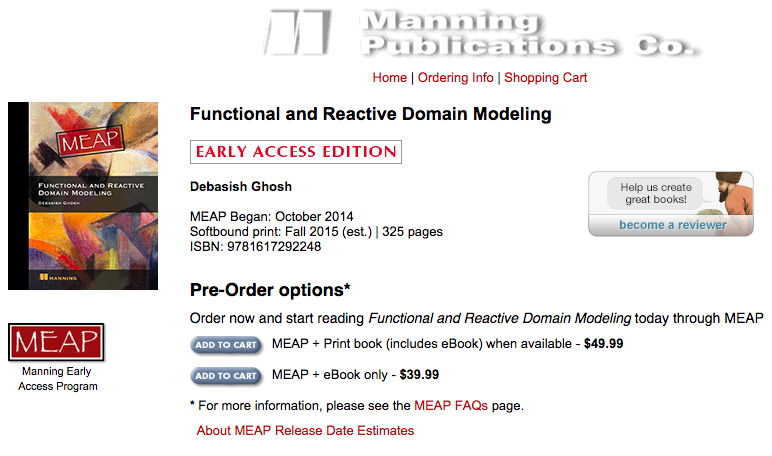I read a delightful account of functional versus imperative programming yesterday while in the middle of a major system upgrade. Yes, I can tell by your laughter that you realize I either failed to bookmark the site and/or lost it somewhere along the way. Yes, I have tried searching for it but with all the interest in functional programming, I was about as successful as the NSA in predicting the next terror attack.
Let me relate to you as much of it as I remember, in no particular order, and perhaps you will recognize the story. It was quite clever and I want to cite it properly as well as excerpt parts of it for this blog.
The story starts off talking about functional programming and how this is the author’s take on that subject. They start with Turing and the Turing machine and observes the Turning machine writes down results on a tape. Results that are consulted by later operations.
After a paragraph or two, they move onto Church and lamda calculus. Rather than writing down results, with functional programming, the results are passed from function to function.
I thought it was an excellent illustration of why Turing machines have “state” (marks on the tape) whereas functional languages (in theory at any rate) have none.
Other writers have made the same distinction but I found the author’s focus on whether results are captured or not being the clearest I have seen.
My impression is that the piece was fairly recent, in the last month or two but I could be mistaken in that regard. It was a blog post and not terribly long. (Exclude published articles and the like.)
Are you the author? Know of the author?
Pointers are most welcome!


